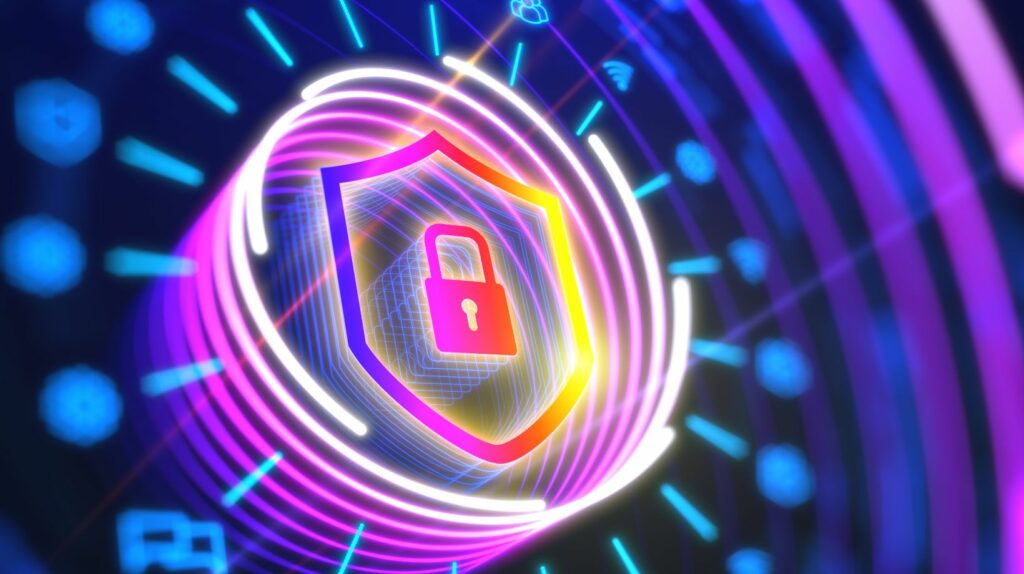In an era where digital data is as precious as gold, safeguarding it becomes paramount. Enter digital security controls, the modern-day sentinels that work tirelessly to protect our valuable information. These controls are not just about keeping out hackers; they’re about ensuring data integrity, maintaining privacy, and fostering trust in the digital world.
Digital Security Controls
Digital security controls act as crucial tools in the world of modern security. They monitor, maintain, and assure the confidentiality and integrity of digital information, enabling smooth and secure operation of digital infrastructure.
Digital security controls play a pivotal role in today’s interconnected environment. They’re the building blocks in the foundation of digital security, defending precious data from increasingly sophisticated cyber threats. Over 4.57 billion people are online globally, according to a Statista report, indicating a vast landscape of potential data breaches. Implementing robust digital security controls doesn’t just safeguard sensitive information but also bolsters trust between businesses and their clients, ensuring a secure and reliable digital space for interaction and transactions.
Types of Digital Security Controls

Digital security controls come in a variety of types, each with specific functions in the digital security framework.
- Access Controls: They regulate who can gain admittance to certain data or systems. For instance, password protection and two-factor authentication are common access controls.
- Encryption: It transforms readable data into a coded version, permitting only authorized individuals to decode and access it.
- Firewalls: These act as digital gatekeepers, monitoring incoming and outgoing traffic to block or allow data packets based on a set of security rules.
- Antivirus Software: It detects, blocks, and removes malware from the system, forming a vital line of defense against malicious software.
- Intrusion Detection Systems (IDS): These monitor network traffic for suspicious activities and issue alerts when detected.
A holistic approach to digital security involves using multiple types of these controls in concert, thereby creating a layered defense against diverse and ever-evolving cyber threats.
Key Components of Digital Security Controls

As digital erosion continues to threaten modern enterprises, a rigorous understanding of the vital components that make up digital security controls becomes critical.
The following segments delve deep into this realm, catering to several key components including authentication mechanisms, encryption techniques, and access management.
Authentication Mechanisms
Authentication mechanisms serve as checkpoints, ensuring only authorized individuals gain coveted access to valuable digital assets. These typically take the form of something a user knows (like a password), something a user has (like a smart card), or something inherent to a user (like a fingerprint).

Multi-factor authentication, an amalgamation of the above instances, amplifies security, effectively warding off potential hack attempts.
For instance, Google Two-Step Verification deploys testing via a prescribed password followed by a randomly generated code delivered to a pre-approved device, instating an additional security layer.
Encryption Techniques
Encrypting converts understandable data into code to prevent unauthorized access. Robust encryption techniques are integral elements of digital security controls. The Advanced Encryption Standard (AES), known for its widespread application and unassailable security, is an example that encodes sensitive data and turns it into an indecipherable code, protecting against unauthorized exposures. The Secure Hash Algorithm 2 (SHA-2) offers another viable encryption tech-nique for safeguarding data in storage, deploying a unique hash function that reliably scrambles data.
Access Management
Access management revolves around ensuring only the right individuals have access to the right resources at the right times. Tools like Active Directory from Windows, for instance, provide comprehensive access control by monitoring and managing user access within an organization. It controls who accesses what, when, and from where, constantly administering permissions and restricting unauthorized users from accessing sensitive areas of the network. This limits potential damage and bolsters data security by adding additional layers of internal fortification. Providing detailed audit trails, it contributes to accountability and transparency within an organization’s access governance framework.

